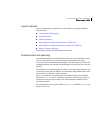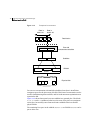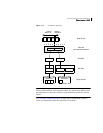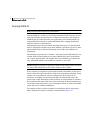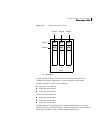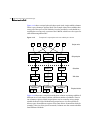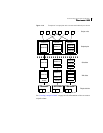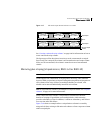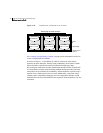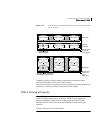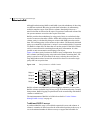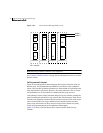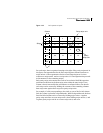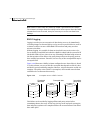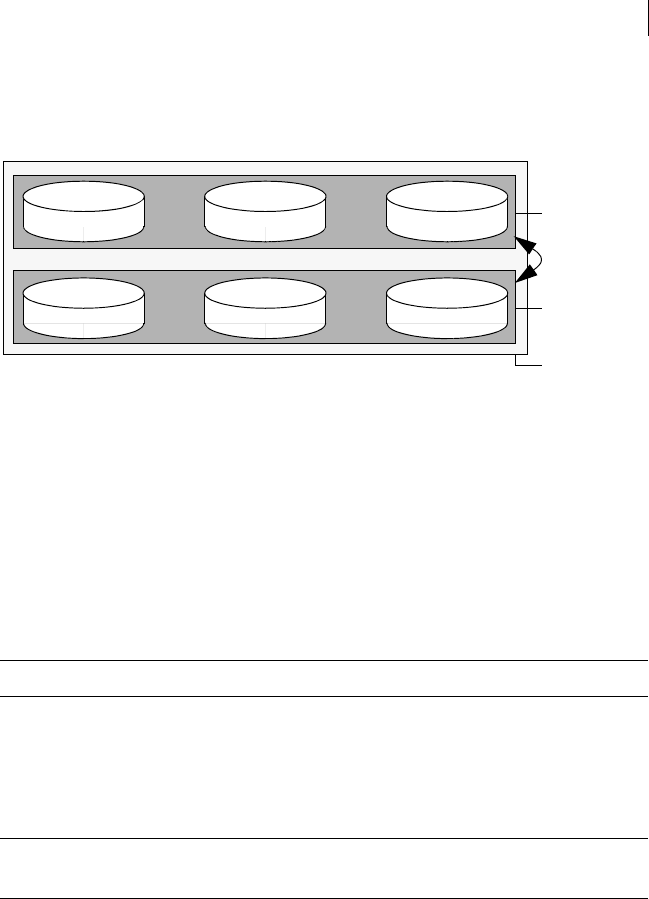
43Understanding Veritas Volume Manager
Volume layouts in VxVM
Figure 1-17 Mirrored-stripe volume laid out on six disks
See “Creating a mirrored-stripe volume” on page 254 for information on how to
create a mirrored-stripe volume.
The layout type of the data plexes in a mirror can be concatenated or striped.
Even if only one is striped, the volume is still termed a mirrored-stripe volume.
If they are all concatenated, the volume is termed a mirrored-concatenated
volume.
Mirroring plus striping (striped-mirror, RAID-1+0 or RAID-10)
Note: You need a full license to use this feature.
VxVM supports the combination of striping above mirroring. This combined
layout is called a striped-mirror layout. Putting mirroring below striping mirrors
each column of the stripe. If there are multiple subdisks per column, each
subdisk can be mirrored individually instead of each column.
Note: A striped-mirror volume is an example of a layered volume. See “Layered
volumes” on page 51 for more information.
As for a mirrored-stripe volume, a striped-mirror volume offers the dual
benefits of striping to spread data across multiple disks, while mirroring
provides redundancy of data. In addition, it enhances redundancy, and reduces
recovery time after disk failure.
Figure 1-18 shows an example where a striped-mirror volume is created by
using each of three existing 2-disk mirrored volumes to form a separate column
within a striped plex.
Striped plex
Striped plex
Mirror
Mirrored-stripe
volume
Column 0 Column 1 Column 2
Column 0 Column 1 Column 2



